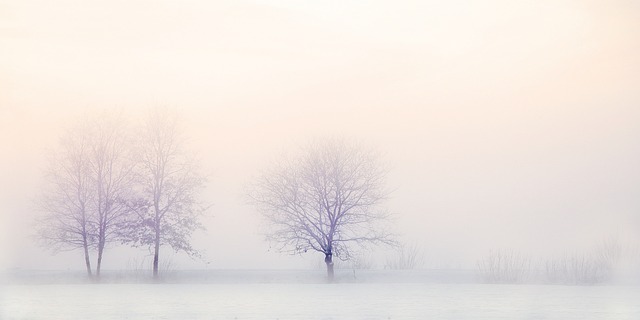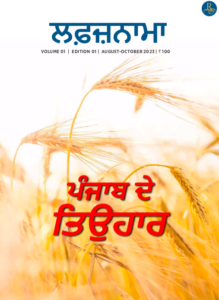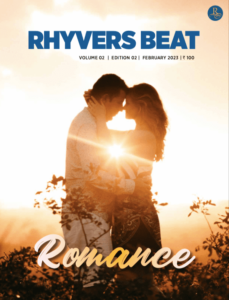HAIKU BLOSSOMS (12)

YOSA BUSON (1716-1783)
This week I bring you the third great master —Yosa no Buson who was a renowned Japanese painter and poet of the Edo period. Bruce Ross advises beginners to study Basho for depth, Buson for craft, Issa for humanity, and Shiki for a modern voice. Following Matsuo Bashō, he sought to restore the quality of poetry in that tradition. Buson wrote verses depicting the lower strata of the Japanese social order as well as common, overlooked creatures. He was self-deprecating, identifying himself at times as a “scholar-amateur” and an itinerant traveler.
Buson was born in 1716 in Kema, Settsu province, Japan, and was named Taniguchi Buson. Buson was a prolific poet and a master of the haiku form, known for his ability to paint vivid images of nature and everyday life with just a few simple words. His haiku often focused on the beauty of the changing seasons and the natural world, reflecting his deep appreciation for the Japanese aesthetic of wabi-sabi. Today, Buson is considered one of the most important haiku poets in Japanese literary history, alongside Basho and Issa.His haiku are known for their vivid and precise descriptions of the natural world, as well as their ability to evoke emotions and capture the fleeting beauty of life. One of the key features of Buson’s haiku is his use of sensory imagery. He often incorporates vivid descriptions of sights, sounds, and sensations in his poetry, creating a rich and immersive experience for the reader. For example, in one of his most famous haiku, Buson writes:
Winter solitude –
*
In this poem, Buson uses the image of a winter landscape to convey a sense of stillness and solitude. The word “one color” emphasizes the starkness and emptiness of the scene, while the sound of the wind adds a sense of movement and life.
Another hallmark of Buson’s haiku is his use of seasonal imagery. Like many haiku poets, Buson often focused on the beauty of the changing seasons, using specific details to create a sense of time and place. For example, in this haiku, he describes the first signs of spring:
The first day of spring –
*
Here, Buson uses the contrast between the first day of spring and the end of autumn to highlight the cyclical nature of life and the impermanence of all things.
Buson was also known for his skill in incorporating humor and irony into his haiku. In one of his most famous examples, he writes:
Coolness –
*
Here, Buson plays with the idea of sound and silence, using the image of a bell to create a paradoxical moment of both stillness and movement.
Buson’s haiku are known for their precision, beauty, and emotional resonance. Through his poetry, he captured the fleeting moments of life with clarity and depth that has made him one of the most beloved poets of all time.
At the plum blossoms.
*
This sitting and looking at a flowering tree is not quite as simple and easy as it appears.
Yosa Buson was not only a master of haiku poetry but was also a skilled painter. In fact, he was known to have developed his own style of painting called “haiga,” which combined his poetry with his paintings.
Buson’s paintings often featured landscapes and nature scenes, which were inspired by his love for the natural world. His style was characterized by its simplicity and elegance, using bold brushstrokes and muted colors to capture the essence of his subjects. Buson’s paintings were also known for their attention to detail, often featuring intricate depictions of flowers, birds, and other natural elements.
In addition to his art, Buson was also an accomplished calligrapher. He was known for his distinctive handwriting, which was characterized by its fluidity and grace. Buson’s calligraphy was often featured alongside his poetry and paintings, creating a harmonious fusion of art forms.
Despite his many accomplishments, Buson was a modest and humble man. He once wrote, “I am nothing but a passing traveler who has momentarily stopped on this journey of life to observe the beauty of the world and to share it with others.” This sentiment is reflected in his poetry and art, which celebrate the beauty and transience of life with a profound sense of humility and reverence.
Yosa Buson was deeply influenced by the work of Matsuo Basho, who is considered the father of the haiku form. In fact, Buson is often seen as a successor to Basho, carrying on his legacy and expanding upon his ideas. One of the ways in which Buson built upon Basho’s work was by experimenting with the traditional haiku form. While Basho had established the 5-7-5 syllable pattern as the standard for haiku poetry, Buson felt that this strict structure limited the potential of the form. Instead, he began to experiment with variations in syllable count, line breaks, and other elements of form, creating new possibilities for haiku poetry.
Another way in which Buson expanded upon Basho’s work was by incorporating a greater sense of emotion into his poetry. While Basho’s haiku were often characterized by their objective and detached style, Buson’s poetry was more subjective and expressive. Buson deals with things as they exist by and for themselves. He used his poetry to convey his own feelings and experiences, creating a deeper sense of intimacy and connection with his readers.
Despite his innovations, Buson remained deeply committed to the traditional haiku aesthetic of simplicity, elegance, and natural beauty. His poetry often featured imagery of the changing seasons, as well as everyday objects and scenes, which he used to create moments of wonder and contemplation.
Though attempts have been made by various translators to bring Buson to life, presenting him as a pleasing nature poet, few have really plumbed the depth of him or of haiku. Nor does any exhaustive translation of his work exist. For your reading pleasure some haiku of Buson from various translations and the internet:
*Even more so
because of being alone
the moon is a friend.
Yuki Sawa and Edith Marcombe Shiffert,
eds., Haiku Master Buson (2007), 124
*
The winter wind
flings pebbles
at the temple bell
Merwin and Lento #763, p. 204
*
In the wild winter wind
the voice of the water cracks
falling across the rocks
Merwin and Lento #764, p. 204
*
It is evening, autumn;
I think only
Of my parents.
(1951), 350
*
These examples showcase Buson’s mastery of the haiku form, using simple, evocative language to create moments of beauty, wonder, and contemplation. They reveal his sensitivity to nature and his deep reverence for the beauty of the world around him.
*My arm for a pillow,
I really like myself
under the hazy moon.
How soon it must die.
*
The light of a candle
Spring twilight.
*
I want to sleep
A summer river being crossed
Over the wintry Forest,
Today, Yosa Buson is celebrated as one of the greatest poets and artists in Japanese history. His legacy continues to inspire generations of poets and artists around the world, and his work remains a testament to the enduring power of beauty, simplicity, and grace. Yosa Buson’s contributions to haiku poetry and art have had a lasting impact on Japanese culture and beyond. His work continues to inspire poets and artists around the world, reminding us of the beauty and richness of the natural world, and the power of art to capture its essence.















